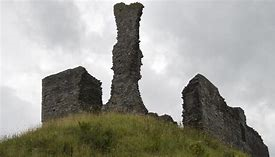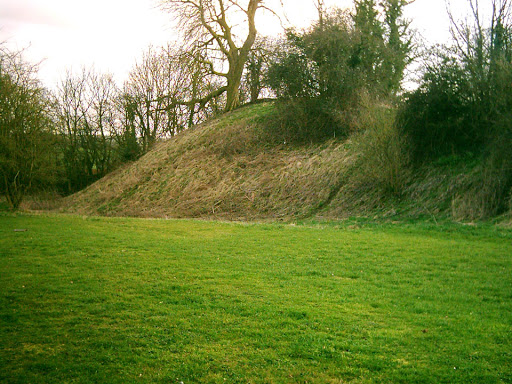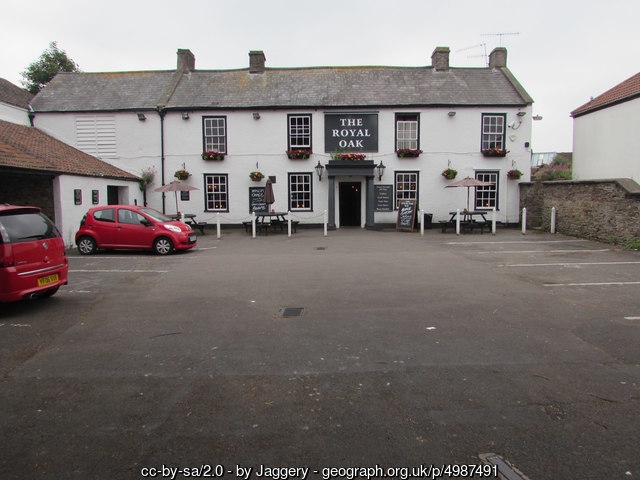Cross Currents is a 1935 film about which little information is available beyond the briefest of plot synopses: a Devon vicar tries to clear his name after being accused of murdering his rival in love. As Hitchcockian as this sounds, Cross Currents is described as a comedy. It was set in Devon, but filmed in Cornwall.
The film, based on the novel Nine Days’ Blunder by Gerald Elliott, was produced by Paramount British as a “quota quickie”. The Cinematograph Films Act of 1927 was designed to give a boost to the British film industry, and those of British dominions such as Canada, creating a studio system modelled on that of Hollywood at the time, with production, distribution and exhibition of films being handled by the same (British or imperial) companies. In practice, Hollywood studios simply set up British subsidiaries, churning out B-movies that were designed for no other purpose than to meet the quota for British films specified in the Act, released as supporting features for American films.
The Act was modified in 1938 to exclude Empire nations, and repealed in 1960. It was not generally considered a success, but did aid in the production of some bona fide classics, such as The 39 Steps (1935) and The Thief of Baghdad (1940). Paramount British continued into the 1970s, its biggest success probably being The Italian Job (1969).




